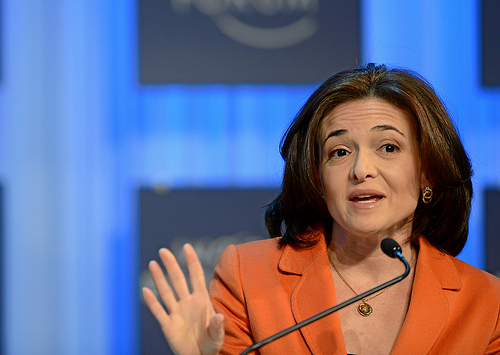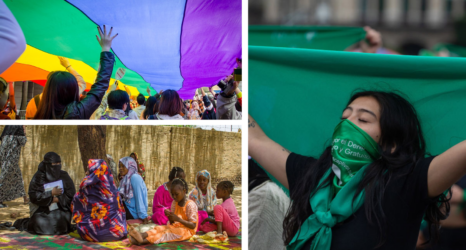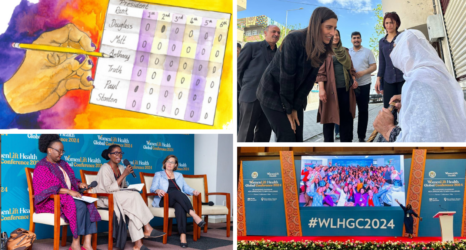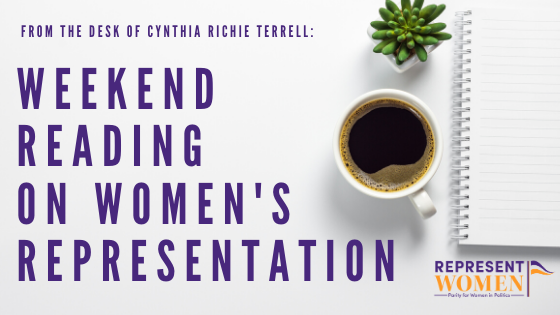
Weekend Reading on Women’s Representation is a compilation of stories about women’s representation in politics, on boards, in sports and entertainment, in judicial offices and in the private sector in the U.S. and around the world—with a little gardening and goodwill mixed in for refreshment!
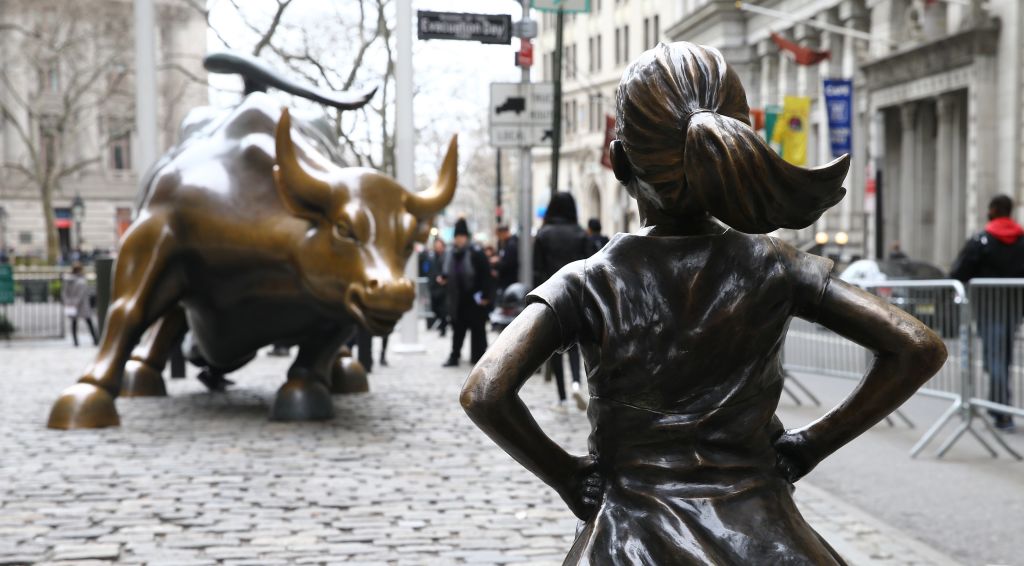
In contrast to the recent setbacks for gender balance on corporate boards in California, officials in the European Union decided this week to require that an “underrepresented gender” fill at least 40 percent of non-executive board seats by July 1, 2026. Commission President Ursula von der Leyen has been pushing for this agreement for a decade, according to this piece on Euroactiv:
EU lawmakers on Tuesday (7 June) agreed on a continental target to establish better gender balance on the boards of companies in Europe.
Negotiators from the EU member states and European Parliament said they found common ground on a proposal that was first made by the European Commission, the EU’s executive, in 2012.
“After 10 years, since the European Commission proposed this directive, it is high time we break the glass ceiling,” said Commission President Ursula von der Leyen in a statement.
“There are plenty of women qualified for top jobs: they should be able to get them,” she added.Under the new rules, EU countries must ensure that listed companies fill at least 40% of non-executive board seats “with the underrepresented gender” by the end of June 2026, the statement said.
For member states that introduce quotas in both executive and non-executive boards, the requirement will be 33%.
Companies that fall short of the target will be bound to “apply transparent and gender neutral criteria” to fix the problem.
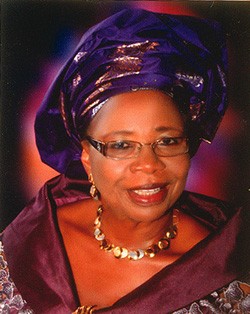
Progress toward gender balance for women in political office is painstakingly slow in many countries—but it is extremely slow in Nigeria, which ranks 180th among countries for women’s representation. Women hold just 3.6 of seats according to the Inter-Parliamentary Union.
Women in Nigeria face a multitude of barriers, as this piece in the Premium Times reports:
Almost three decades after the ground-setting decisions of the Beijing Platform of Action, in which the position of women was affirmed positively and there was the determination that, being a very significant half of the world population, they deserve to be at the centre of political decision-making processes that would make the world evolve and grow in a more sustainable manner, it is quite disconcerting what the lot of women, and the youths, remains in Nigeria.
This is more so disturbing when the size of representation of women has been in the political – and even wider public space – since the advent of this fourth iteration of Nigerian democracy. Women and youths have been continually marginal actors and participants, with barely a handful of them – less than 5 per cent – ever holding positions, either in the local, subnational or national levels.
While we have hardly ever had a woman as a State governor in Nigeria, with the exception of Dame Virginia Etiaba in Anambra between 2006 and 2007, there have been very few women legislators, whether in the national or state parliaments. Even then, when there are the token slots allowed women, the gains made in the earlier years have certainly gotten eroded continually till date, as the numbers of these women have kept reducing in the political space till present.
Politics has almost become an exclusive club of male actors, who prevent the participation of women and youths through all sorts of schemes, even in distortion of such significant mileage attained with the NotTooYoungToRun law and movement to enable a freer field of participation in politics by removing eligibility restrictions. For instance, in a number of political parties, the gate-keepers, who are largely rich, old men, have set up ridiculous entry-level requirements, such as the costs of expression of interest and nomination forms, etc.
Why Australia’s election shows that people can change politics – my Project Syndicate column: https://t.co/wiUQWfU3qu
— Peter Singer (@PeterSinger) June 7, 2022
Australia elected record numbers of women to Parliament in last month’s elections and noted Princeton professor Peter Singer credits the ranked voting system used for both the upper and lower houses as being a key ingredient:
Australia’s lower house consists of single-member electorates, with members elected by preferential voting, also known as ranked-choice voting, or instant run-off, which is not to be confused with proportional representation. After the distribution of preferences was tallied, Ryan defeated Frydenberg, 53%-47%.
Ryan was one of a group of candidates in the election known as the “teal independents” because their economic policies tend to be conservative (blue is the color of the conservative parties in Australia), but their climate policies are green. That combination was well-suited for the conservative electorates in which they stood.
Similarly, in three Sydney electorates that were almost as safely conservative as Kooyong, the incumbent Liberals were defeated by local professional women campaigning for stronger action on climate change. The same thing happened in Perth, and in another Liberal stronghold in Melbourne. Altogether, six new teal independents, all women, and all focused on climate change, were elected to the House of Representatives. With three independents who were re-elected to seats they had held previously, and another new independent who is not aligned with the teal group, the Australian parliament will have ten independents.
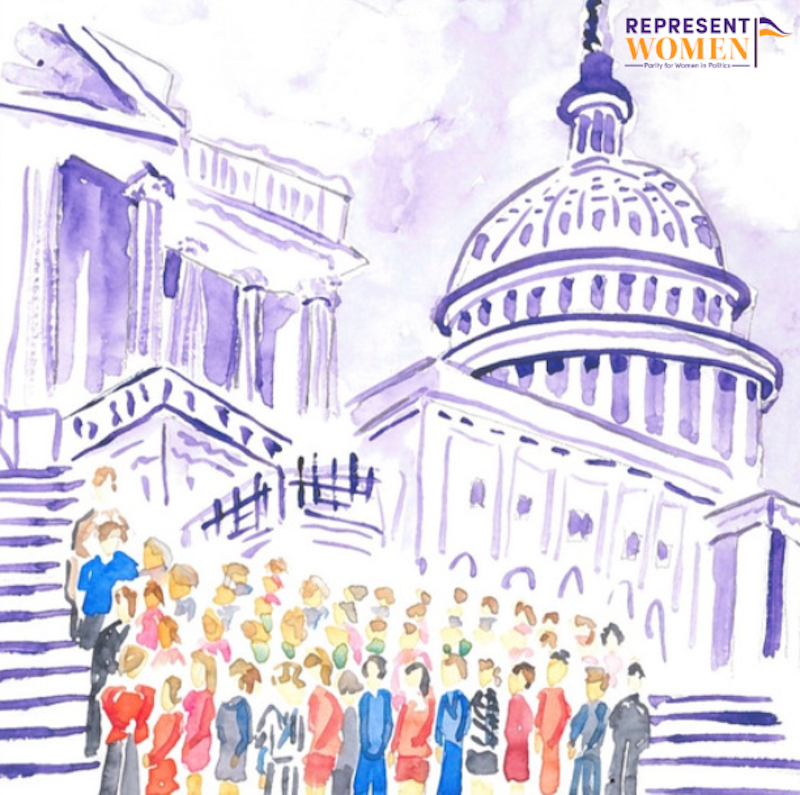
Women are on track to make gains in the United States Congress according to data collected by the Center for American Women and Politics after primaries held this week in California, Iowa, Mississippi, Montana, New Jersey, New Mexico and South Dakota. Key outcomes include:
Former State Assemblywoman Connie Conway (R) won the special election to fill the remainder of former U.S. Representative Devin Nunes’ (R) term in California’s 22nd congressional district. Upon her swearing in, a record 146 women will serve in the U.S. Congress (27.3%), and a record 122 women will serve in the U.S. House (28%). Her entry will also mark a new high for Republican women in Congress (40) and in the House (32). Conway’s term will end in January 2023; she did not run for a full term starting in January 2023.
No women won nominations in the three states with U.S. Senate primary contests (California, Iowa, and South Dakota) on June 7th.
– Women are the majority of U.S. House nominees in Iowa (62.5%) and New Mexico (83.3%), and women will be at least 50% of U.S. House nominees in Montana in November. Two of four general election U.S. House contests in Iowa and two of three general election U.S. House contests in New Mexico will be all women.
Among U.S. House contests already called in the seven states where primaries were held on June 7th:– Just 1 (1D) non-incumbent woman is in a contest deemed competitive by Cook Political Report: Former State Assemblywoman Christy Smith (D) has advanced to the general election to challenge incumbent Representative Mike Garcia (R) in CA-27, a contest current rated as a Republican toss up by Cook Political Report. In the 2020 election, Garcia Defeated Smith in CA-25 by just over 300 votes.
– All but 1 (1R) woman incumbent running for re-election have already advanced to the general election; Representative Young Kim (R-CA) is in a contest too close to call but is among the top two candidates likely to advance. However, multiple incumbent women are in contests currently deemed toss ups by Cook Political Report: Cindy Axne (D, IA-03), Yvette Herrell (R, NM-02), and Michelle Steel (R, CA-45). In addition, 3 (3D) women incumbents from California did not run for re-election to the U.S. House: Karen Bass (D) ran for mayor of Los Angeles, and Jackie Speier (D) and Lucille Roybal-Allard (D) will retire at the end of this term.
– The sole woman candidate in South Dakota – State Representative Taffy Howard (R) – was unsuccessful in her Republican primary challenge to incumbent Representative Dusty Johnson (R) for South Dakota’s at-large U.S. House seat, ensuring that South Dakota will remain a state with no women in its congressional delegation in 2023.
– Dianne Black (D) won the Democratic nomination to challenge incumbent Representative Trent Kelly (R) in MS-01, a contest currently rated as “Solid Republican” by Cook Political Report. She would be the first woman to serve in the U.S. House from Mississippi as well as the first Black woman to represent Mississippi in Congress.
– Monica Tranel (D) won the Democratic nomination for the open-seat U.S. House contest in MT-01, a contest currently rated as “Likely Republican” by Cook Political Report. No woman has served in the U.S. Congress from Montana since 1943.
All 3 (2D, 1R) incumbent women governors in June 7th primary states – Michelle Lujan Grisham (D-NM), Kristi Noem (R-SD), and Kim Reynolds (R-IA) – will be nominees for re-election in November.
– Diedre DeJear (D) has won the Democratic nomination to challenge incumbent Governor Kim Reynolds (R) in November. DeJear is just the second Black woman to win a major-party nomination for governor in the U.S. The first was Stacey Abrams, who won the Democratic nomination for governor of Georgia in both 2018 and 2022. If elected, DeJear would be the first Democratic woman, first Black woman, and the first woman of color governor of Iowa, as well as the first Black woman governor in the U.S.
– Audrey Trujillo (R) will challenge incumbent New Mexico Secretary of State Maggie Toulouse Oliver (D) in an all-woman contest in November.
– Lara Montoya (D) won the Democratic nomination for treasurer in New Mexico. No womanhas served as treasurer in New Mexico.
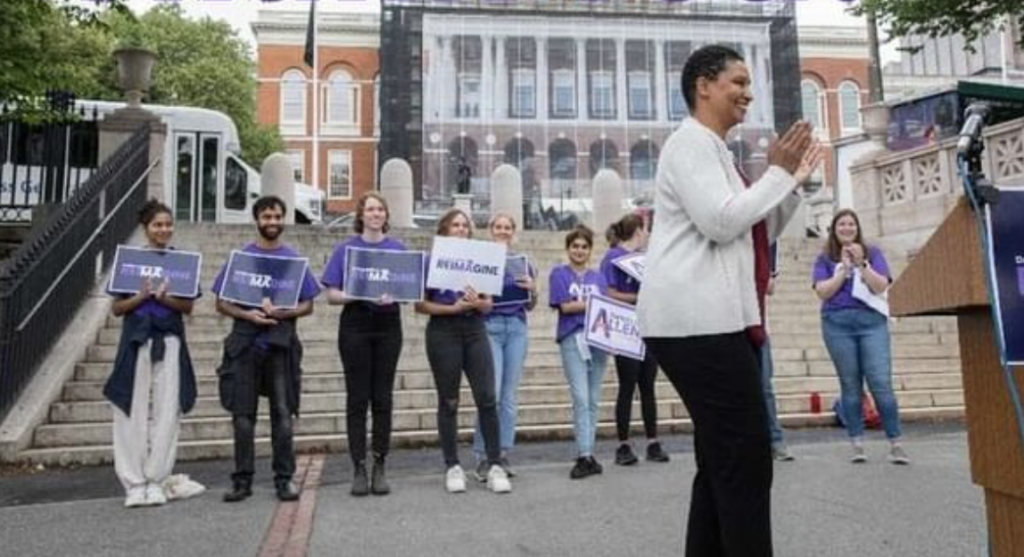
Danielle Allen, who serves on the FairVote board, has returned to The Washington Post as a columnist after running for office in the state of Massachusetts, she wrote about her experience as a candidate in The Post today:
A year and a half ago, I put aside my column with The Post to explore running for governor in Massachusetts. Now, I’m back. Most of the people I know are not in politics, and many of them are asking: What happened? And what’s it like?
First, here’s what happened. The exploratory listening tour went well. It confirmed my sense that this is a time for change — so after six months, in June 2021, I jumped in in full. Then I spent the next nine months fundraising, stumping around the state and building out a policy agenda. I also worked hard to win support from those likely to be delegates at the state’s Democratic convention. Those party delegates are the magic key to placing your name on the primary ballot.
But in February, in the middle of caucus season, I dropped out. We weren’t securing the delegates we needed, and knowing that, I couldn’t raise money in good faith. And if you can’t keep raising money (or aren’t independently wealthy), you’re at the end of the road. It’s just like with sharks. Keep moving or die.
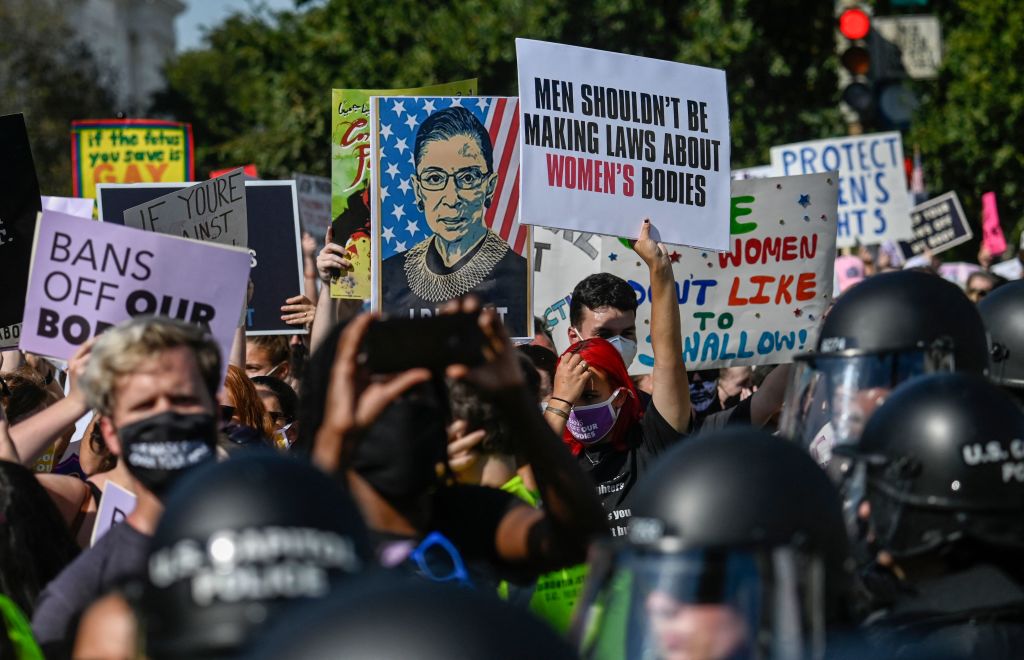
There was a fascinating piece in Marie Claire about the impact of women as voters that reveals what election outcomes may have been like without women voting or with only women voting—it is chock full of great graphics and statistics:
There’s a tendency, when looking back on the history of women’s suffrage in the United States, to assume that it was inevitable that women would get the right to vote: By the time Tennessee became the final state to ratify the 19th Amendment, on August 18, 1920, 15 states had already granted women suffrage, starting with Wyoming, which became a state in 1890. (As a territory, it gave women suffrage in 1869.) How long could such an electoral-rights imbalance reasonably be expected to survive?
Then again, was it really inevitable? The amendment’s passage was the culmination of probably the longest sustained sociopolitical movement in American history, and even so it came down to a single 24-year-old Tennessee state legislator’s vote—changed from nay to aye after his mother wrote him a letter lobbying him to do so—or it wouldn’t have happened, at least not in 1920. And even then, the 19th Amendment hardly put an end to systematic disenfranchisement (and not only of women) in this country.On a practical basis, Black women in the South, and to some extent Black women anywhere, still didn’t get to exercise their right to vote (as Black men hadn’t and didn’t)—not until the Voting Rights Act of 1965 swept away many of the tactics vote suppressors had used for decades to thwart them.
Native American women (along with Native American men) didn’t get the vote until 1924, when their citizenship was recognized (they weren’t guaranteed the right to vote in every state until 1962); all Asian-American citizens didn’t get the vote until 1952, when the McCarran-Walter Act granted all people of Asian ancestry the right to become citizens.
As an additional point of comparison, women in Switzerland were not granted the right to cast a ballot in their national elections until 1971. Imagine how different this country might be—socially, culturally, politically—if women had been forced to wait 51 more years before successfully seizing the right to exercise their power at the polls. Imagine how different things might be if women never got that right.
Sheryl Sandberg has decided to step down from her position at Meta and turn her attention to working for women’s equality, according to this piece in The Hill. I look forward to talking with her about the need for new strategies to advance women’s representation and leadership:
Meta Chief Operating Officer Sheryl Sandberg, who announced on Wednesday that she was stepping down from the company, indicated in an interview that her departure was partly influenced by the leaked Supreme Court opinion on Roe v. Wade.
“It’s just not a job that leaves room for a lot of other stuff in your life. This is a really important moment for women. This is a really important moment for me to be able to do more with my philanthropy, with my foundation,” Sandberg told Fortune of her desire to focus on advocacy following the leaked draft majority opinion last month showed that the Supreme Court was poised to overturn Roe v. Wade, the 1973 landmark decision that established the federal right to abortion.
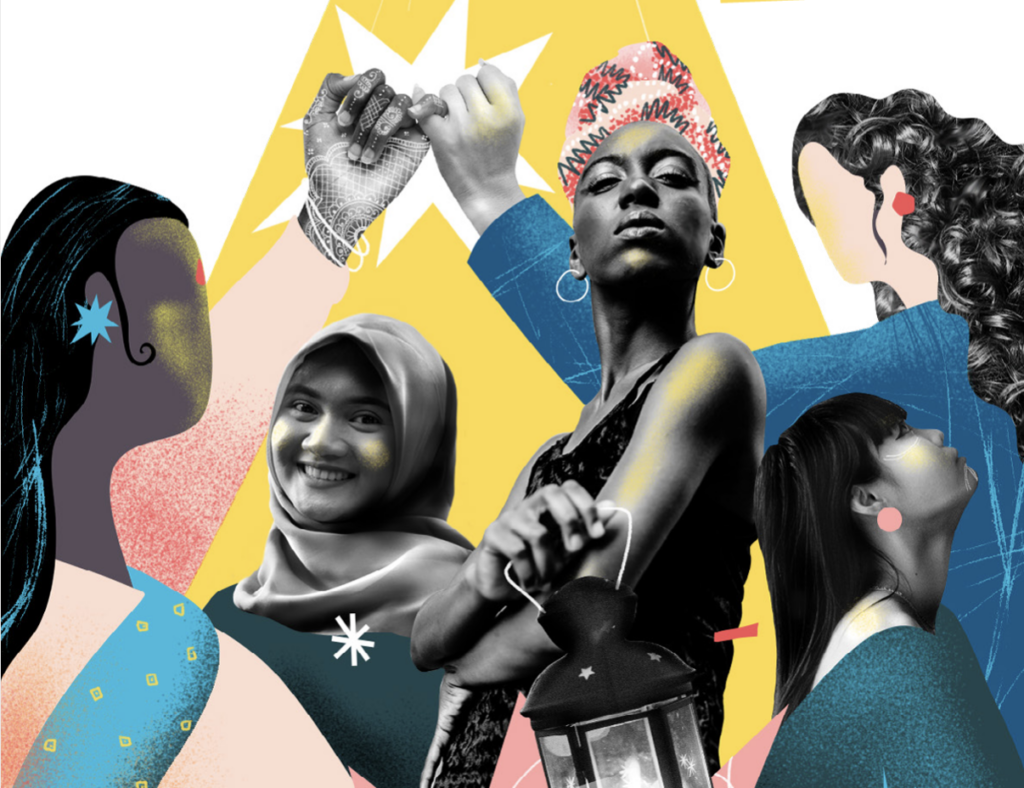
Finally, authors at Shake The Table and The Bridgespan Group released a new report this week called Lighting the Way that explores strategies to support feminist movements. Here is an excerpt from the summary:
Women, girls, and nonbinary people have faced systemic oppression for centuries. And too often, other forms of discrimination—racism, ableism, classism, and more—compound gender inequality. We see the impact across all issue areas, from education to disaster relief and from health to climate change.
Our research makes us excited about the power of feminist movements to address systems of oppression and realize the transformative change donors seek. Feminist movements are organizations, leaders, and networks working together to change power structures that reinforce gender and other inequalities.1 Led by people with lived experience of the gender power imbalance and other injustices, feminist movements challenge the compounding factors of discrimination, taking an intersectional approach to address our most intractable problems.
And they are effective. In recent years, feminist movements in Argentina, Ireland, and Mexico realized crucial gains in reproductive rights. Farmworkers in the United States secured better wages and working conditions, including curbing sexual violence in the fields. And feminists in Nigeria organized intense protests to bring an end to an abusive special police squad.
P.S. My garden is flourishing and the water lilies are in full bloom!
Up next:



